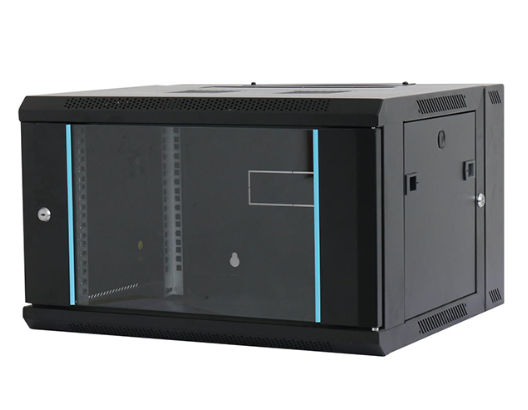News
Site Editor
 Site
https://leonetworkgroup.usa18.wondercdn.com/uploads/image/5fe152faa587d.png
SFP modules, also known as small form-factor pluggable transceivers, are hot-swappable I/O devices designed for use in high-speed network applications. These modules allow network administrators to quickly and easily add or replace fiber optic or copper Ethernet connections without having to replace the entire network infrastructure.Here's a step-by-step guide on how to use SFP modules in your net
Site
https://leonetworkgroup.usa18.wondercdn.com/uploads/image/5fe152faa587d.png
SFP modules, also known as small form-factor pluggable transceivers, are hot-swappable I/O devices designed for use in high-speed network applications. These modules allow network administrators to quickly and easily add or replace fiber optic or copper Ethernet connections without having to replace the entire network infrastructure.Here's a step-by-step guide on how to use SFP modules in your net
How To Use Sfp Module
Views: 417
Author: Site Editor
Publish Time: 2023-07-10
Origin: Site
SFP modules, also known as small form-factor pluggable transceivers, are hot-swappable I/O devices designed for use in high-speed network applications. These modules allow network administrators to quickly and easily add or replace fiber optic or copper Ethernet connections without having to replace the entire network infrastructure.
Here's a step-by-step guide on how to use SFP modules in your network:
Step 1: Check compatibility
Before purchasing SFP modules, check with your network equipment manufacturer to ensure that the modules are compatible with your devices. Some manufacturers have unique programming and firmware requirements that must be met in order for the modules to function properly.
Step 2: Choose the correct SFP module
There are various types of SFP modules available, depending on the network speed, transmission distance, wavelength, and fiber type. Choose the module that suits your network requirements.
Step 3: Install the SFP module
Make sure the network device is turned off before installing the SFP module. Insert the module into the corresponding port on the device and push it until it clicks into place. Tighten the screws on either side of the module to secure it in place.
Step 4: Configure the device
Once the SFP module is installed, configure the device to recognize the new module. You may need to specify the module type, speed, and other configuration settings.
Step 5: Test the connection
After configuring the device, connect the SFP module to the other device using a fiber optic or copper cable. Verify that the link is established and check the network performance to ensure that it meets the required standards.
Step 6: Monitor the SFP module
Periodically monitor the SFP module to ensure that it is functioning properly and to detect any potential issues. Use software tools to monitor the device status, signal strength, and other relevant information.
Step 7: Replace or upgrade the module if necessary
If the SFP module fails or needs to be upgraded, turn off the network device, remove the module, and install the new module following the same procedure as above.
In summary, SFP modules are easy to use and offer a flexible and cost-effective way to expand your network infrastructure. By following these steps, you can successfully install and use SFP modules in your network.
If you want to know more about industrial network cabinet,china fiber optic splice closure,china fiber optic distribution box,please consult the fiber optic splice closure factory









